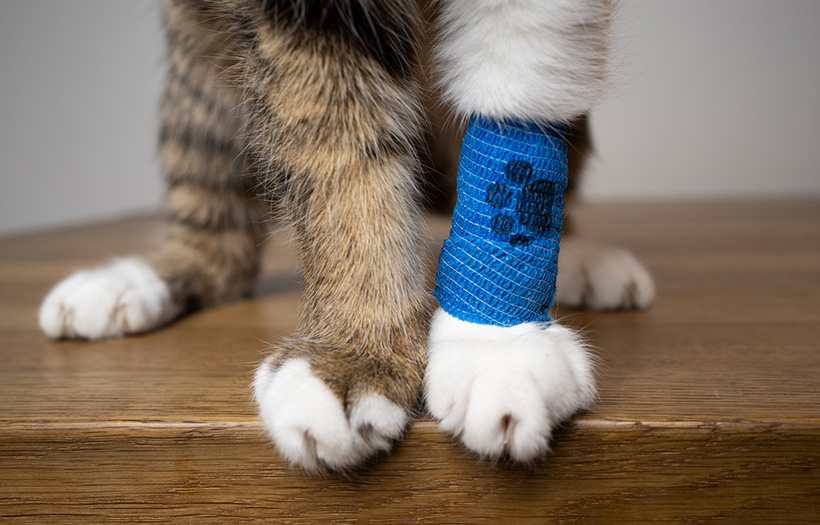Pet Insurance

Insurance. We all love to hate it. Political parties fight tooth and nail over it. For many of us it seems like we pay more for it than we get out of it. Then, an unexpected illness or tragedy strikes and insurance cannot be our friend fast enough. Truly a love/hate relationship.
History of pet insurance
This week we are going to talk about the peace of mind, the positives, the perils and the pitfalls of pet insurance. Insurance for animals has been around since 1890, but was initially focused on livestock. The first pet insurance was issued to television’s Lassie in 1982. Since then, the industry has been growing slowly and steadily. Of the estimated 78 million pet dogs and 86 million pet cats in the United States, only 1.6 million pets in North America are insured. The idea behind insurance is to protect you against financial hardship should your pet become seriously ill or injured. If you have no financial constraints and your budget can absorb a several hundred to several thousand-dollar pet medical expense, then insurance is not for you. If this is not the case, there are many factors to consider when deciding on pet insurance.
Cost
A basic policy for dogs starts at approximately $22 – $25 dollars per month and $16 – $18 for cats. Many insurance companies allow you to customize the policy by choosing your level of deductible and amount of coverage. Lower deductibles and better coverages equal higher premiums.
What is covered
Read the policy carefully and know exactly what is covered. Some policies do not cover congenital or hereditary conditions such as hip dysplasia, cataracts and heart defects. Some have breed specific restrictions on coverage. If you have any questions at all about coverage, contact the company, be specific and get it in writing. Verbal communication will not hold up if there is a dispute about coverage later. Some companies also cover the partial cost of routine health care such as vaccines, heartworm testing and preventatives, and neutering.
When does coverage start
For some policies, coverage may not start for 30 days after the policy is issued.
Deductibles
These will vary from company to company. Check to see whether the deductible is based on a per incident or an annual basis.
Limits
Many policies have reimbursement limits applied per incident, per year, based on age or a lifetime limit. Be certain you know these specifics when comparing policies.
Pre-existing conditions
What does the company define as a pre-existing condition? Some companies will limit coverage on a disease or illness that has been treated in the past 30 days, while others look back 6 months to 1 year. All companies will ask your veterinarian for a copy of your pet’s medical history (with your prior written permission) before issuing a policy. You also cannot apply for insurance once an accident or illness has occurred, hoping to get same day coverage. The best time to buy pet insurance is the first day you get your pet, before they have a pre-existing condition.
Reimbursement
Find out how reimbursement is calculated. Is it based on the actual veterinary bill, a benefit schedule or usual and customary rates for your region of the country?
Research and compare
Look at several companies, make a comparison list of their benefits and compare apples to apples. If you don’t know where to start, ask your veterinarian which companies they deal with the most.
Saving for your pet
If you are financially disciplined, you may consider being your own pet insurance company. Set up a bank account with an automatic payroll deduction and pay yourself the amount you would pay a pet insurance company each month. If you get a large tax refund, consider using that to start your pet health savings account. The upside is you get to keep control of the money and the interest and if you do not use it, the money is still yours. On the downside, if your pet has an illness or injury at a young age, the balance of the account may not be sufficient to cover it. The challenge would be to not use money from the pet health savings account for a sudden non-pet related financial hardship.
Peace of mind
Insurance can be a great resource and source of comfort and peace of mind should your pet become ill or injured. Thanks to insurance, many pet owners have been able to provide a level of care to their pet they could not otherwise afford, rather than making the heart-wrenching decision to pet them to sleep for financial reasons. Remember that pet insurance is a business. The insurance company’s goal is to make a profit, pet health and wellness is a byproduct of that goal. Therefore, most of us will pay more for pet health insurance over the lifetime of the policy then we will receive back in benefits. The tradeoff we make is the knowledge and security that our pet will be taken care of no matter what happens.
